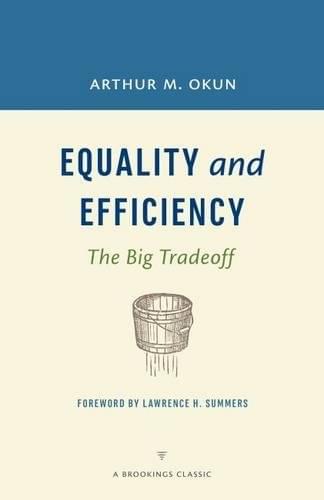Jul 17, 2022
Lockheed Martin gets $59 million order for Stryker cyber and electronic warfare suite
Posted by Saúl Morales Rodriguéz in categories: energy, engineering, military, space
Lockheed Martin has been busy this year. In April of 2022, the Defense Advanced Research Projects Agency (DARPA) and its U.S. Air Force partner announced that they had completed a free flight test of the Lockheed Martin version of the Hypersonic Air-breathing Weapon Concept (HAWC).
Then just last month, the U.S. Department of Defense (DoD) awarded the company a contract to construct the nation’s first megawatt-scale long-duration energy storage system. Under the direction of the U.S. Army Engineer Research and Development Center’s (ERDC) Construction Engineering Research Laboratory (CERL), the new system, called “GridStar Flow,” will be set up at Fort Carson, Colorado.
In the same time frame, General Motors and the firm announced their plans to produce a series of electric moon rovers for future commercial space missions. The companies said they plan aim to test the batteries developed by GM, in space later this year. They also set the ambitious goal of testing a prototype vehicle on the moon by 2025.

















